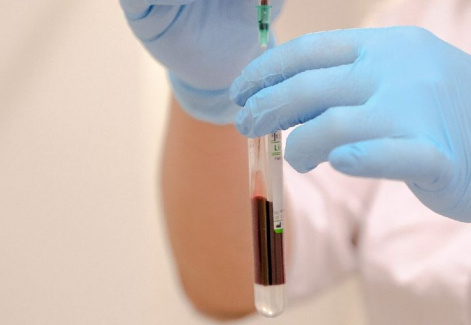Biomaterials from Plants: Prospects for Lignin Derivatives in Medicine
2 December 2020 г.

The most important condition for biopolymers to be applied in medicine in contact with blood is hemocompatibility. Such medical means should not activate blood clotting, provoke thrombosis, or contribute to the destruction of red blood cells. Researchers are trying to find cheaper and more convenient substances with these properties.
Scientists of the Federal Research Center "KSC SB RAS" together with their Moscow colleagues from the National Medical Research Center of Hematology have proved through in vitro experiments that lignin and its derivatives have no negative effect on the parameters of human blood. This makes it possible to create medical biomaterials based on it, in particular, drug delivery systems.
Lignin is one of the cheapest, widely available and environmentally friendly materials. The Krasnoyarsk Institute of Chemistry and Chemical Technology of SB RAS has developed new simple and environmentally friendly methods for producing organosolv lignins and water-soluble sulfated lignins on their basis.
To study biomedical properties, chemists extracted lignin from fir and larch wood and estimated how different samples affect blood and plasma clotting, intensity of blood clots and destruction of human red blood cells. All the lignin samples studied did not enhance the blood coagulation time, did not provoke the aggregation of human platelets, and did not destroy the erythrocyte membranes. The researchers also found that when the lignin content in the solution was above one milligram per milliliter, blood clotting took twice as much time as usual.
“One of the promising areas of lignin processing is the production of its derivatives containing a sulfate group. The presence of the sulfate group gives the plant polymer the ability to dissolve in water and improves its biodegradability. Sulfated lignin derivatives can not only replace widely used products of chemical modification of polysaccharides, but also find application in pharmaceuticals as potential antiviral drugs and anticoagulants of a new level. In our study, the anticoagulant activity of the samples was low as compared to unfractionated heparin. However, the samples obtained from lignin from fir and larch could find application in the development of drug delivery systems and in the creation of a biomaterial with a thromboresistant surface. It is important to clarify that additional comprehensive studies are required for introducing lignin into medical practice, and now we are at the first stage of this work, ”says Svetlana Kuznetsova, Doctor of Chemistry, Chief Researcher of the Institute of Chemistry and Chemical Technology SB RAS.
The scientist also notes that in the future it will be possible to conduct research in order to obtain materials with hemostatic activity based on lignin. Such substances can help stop bleeding. Thus, the properties of one of the samples turned out to be promising for the creating biomaterials with thromboresistant surfaces on its basis.
The synthesis and analysis of sulfated organosolv lignins were carried out with the financial support of the Russian Science Foundation (project No. 16-13-10326).
Share:
